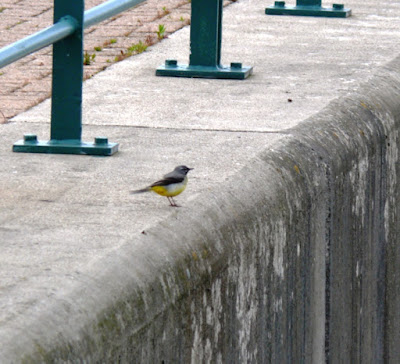My A-Z posts this year
are based on my garden – flowers, animals, the birds and the bees, butterflies
- with a bit of poetry thrown in. For some letters I am expecting to cheat
somewhat – wishing they were here.
S – Snowdrops, Shed, Spider, Sweet Pea, Snails
For Snowdrops are the
harbingers of Spring,
A sort of link
between dumb life and light
Freshness preserved
amid all withering
Bloom in the midst of
grey and frosts blight.
Pale Stars that
gladden Nature’s night!
 |
| Snowdrops |
When I was young,
Dad’s garden shed
Had lots of things to
turn one’s head.
Chisels, mallets,
pots of nails,
Windscreen wipers,
cricket bails.
\
Now I’m old, my
garden shed
Is merely functional
instead.
 |
| Garden Shed |
But one thing in there is just the same, even if of a younger
generation
 |
| Shed Spider |
Thus I, gone forth as
spiders do
In spider's web a truth discerning,
Attach one silken thread to you
For my returning.
That verse was written by the
author of Charlotte’s Web but Charlotte would not have woven this:
 |
| Spider's Web |
Some say that it was John Keats who gave this flower its
name.
 |
| Sweet Pea |
Here are sweet peas,
on tip-toe for a flight:
With wings of gentle
flush o’er delicate white,
And taper fingers
catching at all things,
To bind them all
about with tiny rings
This is not the time of year to find a one of these
inhabited:
 |
| Snail Shells |
The frugal snail,
with forecast of repose,
Carries his house
with him where’er he goes;
Peeps out,, - and if
there comes a shower of rain.
Retreats to his small
domicile again.
This one on the nettles in warmer times is much more decorative.
 |
| Snail on nettle leaves |
|
Meanwhile Sam was quite prepared to stay outdoors and contemplate the snow
 |
| Sam (1997 - 2010) |
Poems:
- Harbingers of Spring – Caroline
Elizabeth Norton
- Dad’s Garden Shed - Pete Golding
- The Spider’s Web – E B White
- I stood on tip-toe upon a little hill –
John Keats
- The Housekeeper - Charles Lamb - snail







.jpg)














_(9).jpg)






_(2).jpg)




















